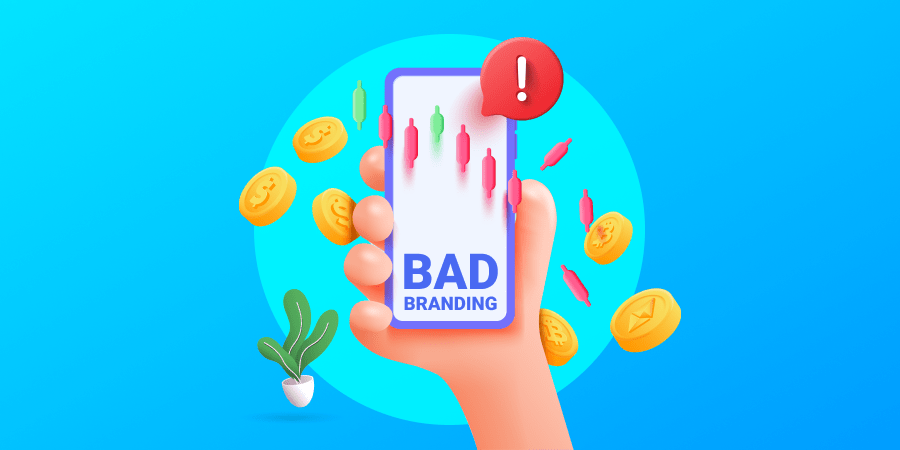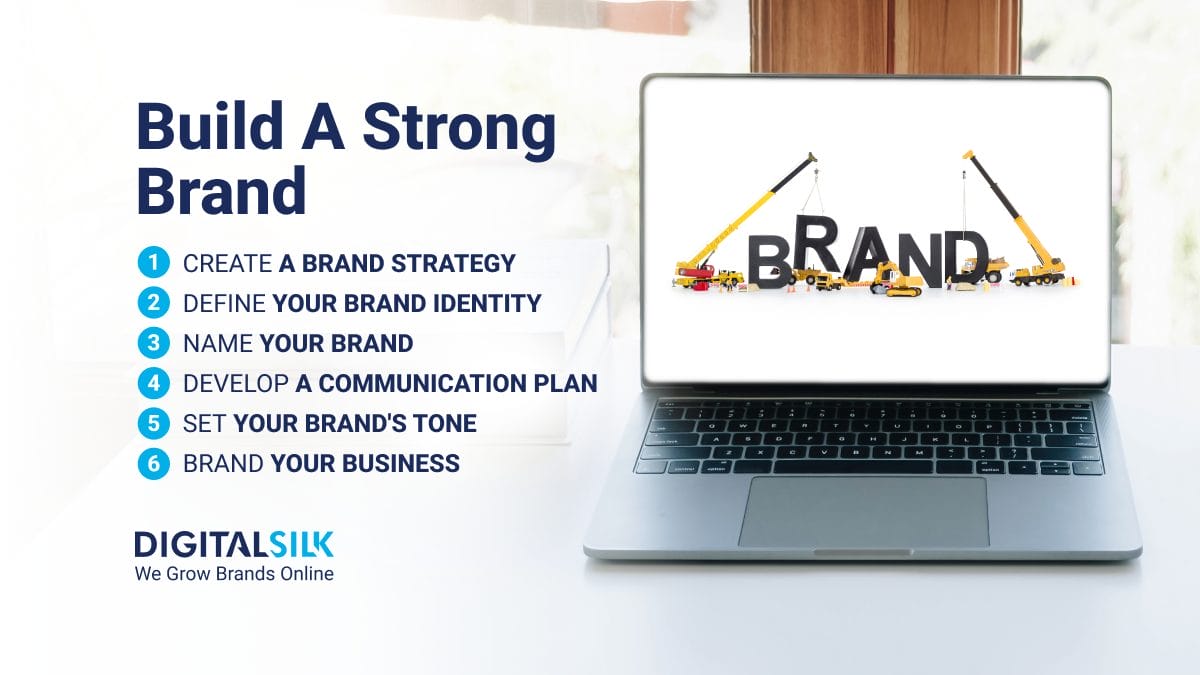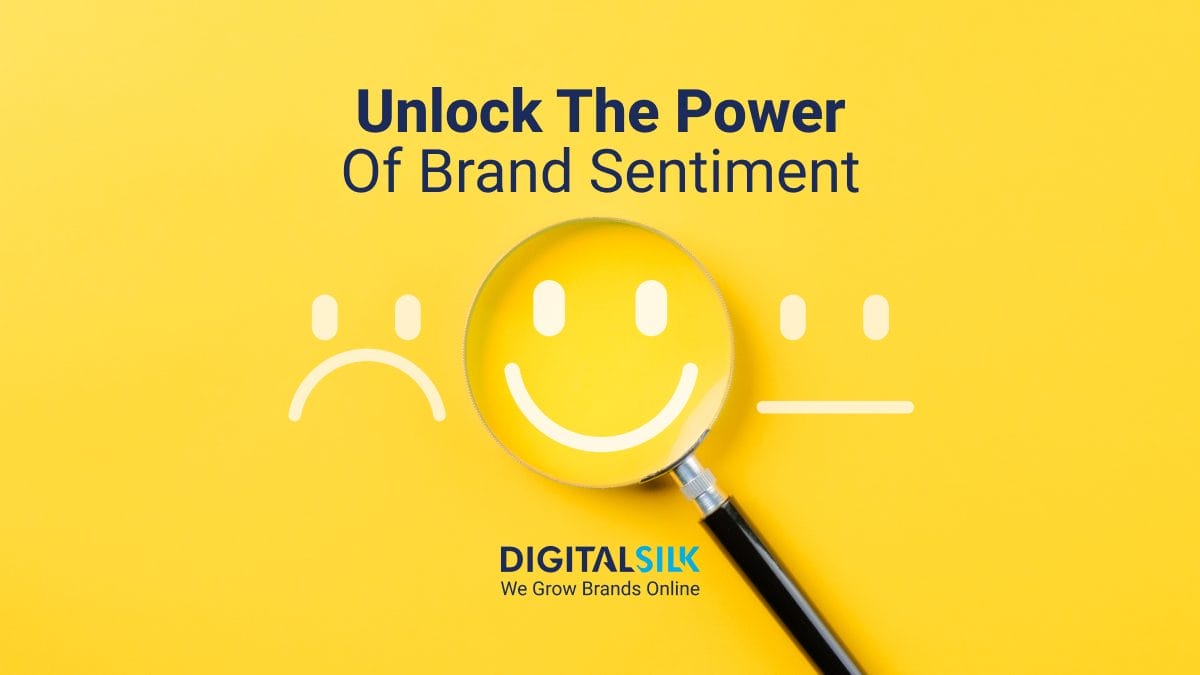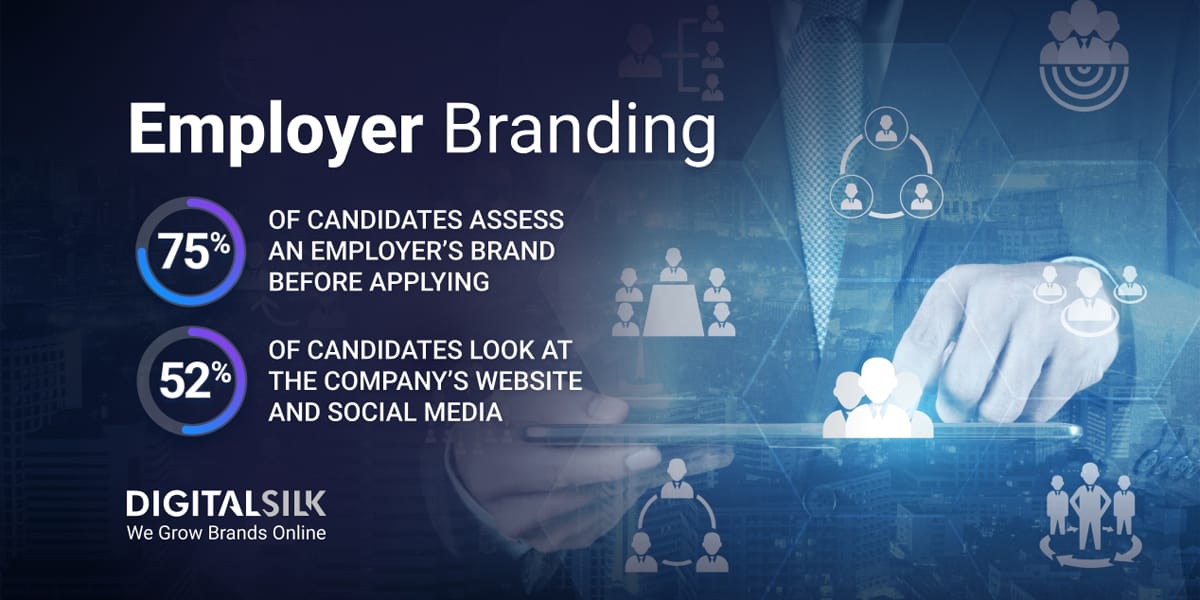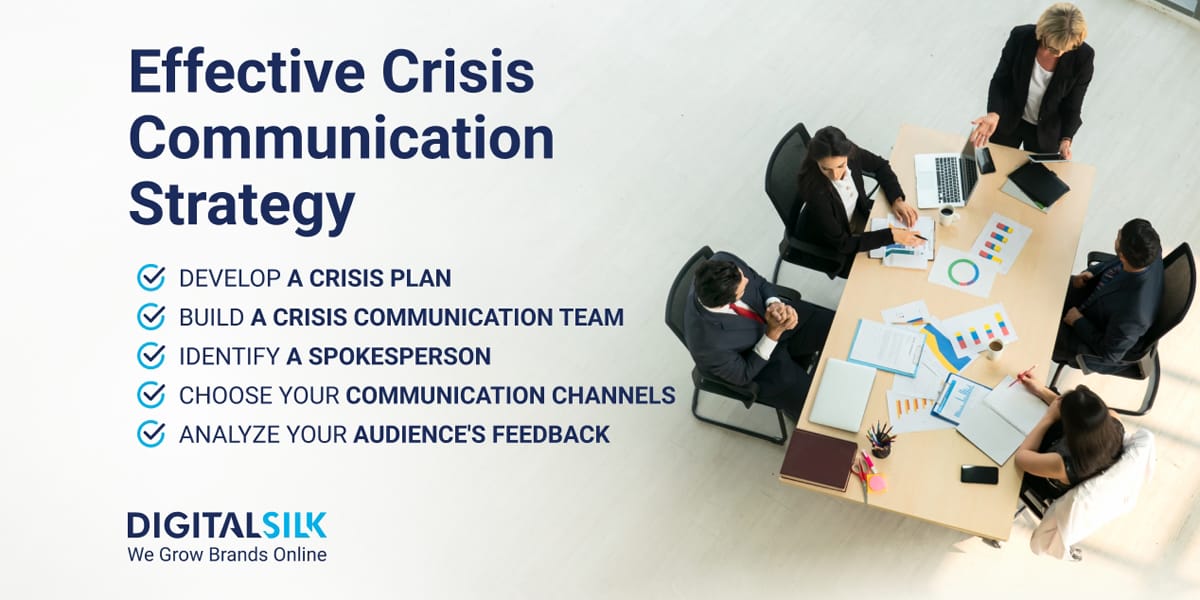Can your brand get sick? Well, not exactly, but bad customer reviews and negative PR can hurt your brand’s health.
Let’s backtrack to April 4, 2017, when Pepsi released an ad featuring American model and socialite Kendall Jenner. In the commercial, Jenner joins a youthful protest and hands a Pepsi to a police officer, eliciting cheers from the surrounding crowd.
The ad was widely criticized for trivializing the Black Lives Matter movement. It was seen as tone-deaf to the real struggles and purpose of protest actions.
Pepsi then quickly responded to the backlash by retracting the ad within 24 hours and issuing an apology. The company’s recovery from this misstep involved retreating from the spotlight on this issue and continuing its other marketing campaigns without further controversy.
Without a doubt, this Pepsi crisis hurt the brand’s health.
To set the scene, brand health is an overall assessment of your brand’s performance that encompasses various metrics, including brand reputation and purchase intent, among others.
Basically, it offers a comprehensive picture of how well your brand is doing.
In this article, we’ll walk you through how to measure brand health, the key brand health metrics to look out for and the best tools to check your brand’s health.
We deliver end-to-end branding solutions. Request a Quote
What Is Brand Health?
Brand health is a comprehensive evaluation of different metrics that measures a brand’s performance, including its strengths, weaknesses, market position and customer perceptions.
A brand health assessment can help you identify the existing state of your business so you can implement needed improvements, such as improving your marketing strategies or updating your product offerings to better meet consumer demands.
Ultimately, it determines whether your brand is performing well (your sales are higher than your competitor’s) or if it needs a facelift (your brand identity is visually inconsistent).
We work with brands across industries. Schedule a Consultation
How To Measure Brand Health
Brand health metrics to measure performance include:
1. Net Promoter Score (NPS)
The Net Promoter Score (NPS) gauges your brand’s health by comparing positive and negative online mentions about your company.
Calculate your NPS by taking the percentage of negative brand mentions away from your percentage of positive mentions.
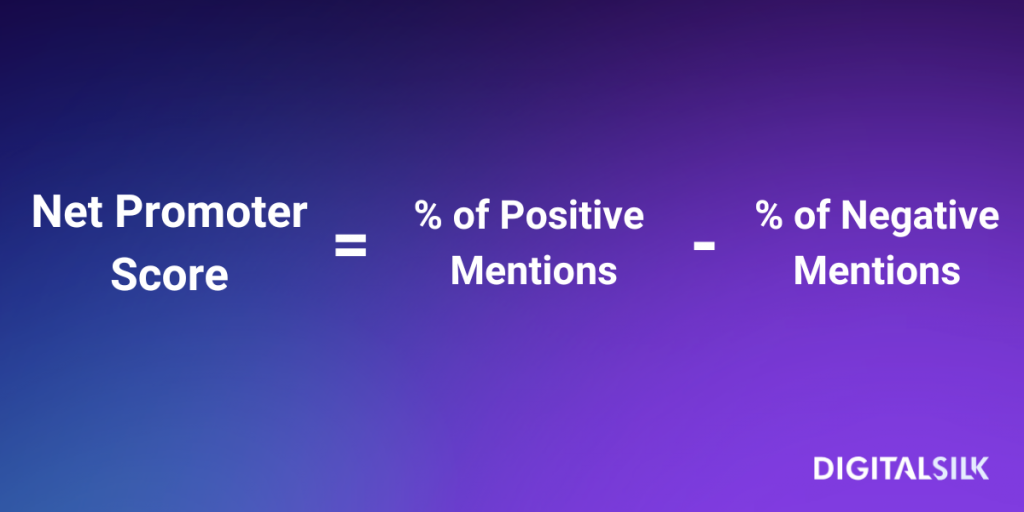
Let’s say you want to know your NPS on OpenTable.
First, determine the number of positive and negative reviews your brand has received, both as absolute numbers and percentages.
Next, calculate your NPS by subtracting the percentage of negative reviews from the percentage of positive reviews.
A higher NPS indicates better online sentiment, which suggests that more people like your company compared to those who don’t like it.
If your NPS gets a negative number, it’s time to protect your reputation by responding to negative comments and reviews online.
2. Share Of Voice (SOV)
Share of voice (SOV) is the percentage of mentions your brand receives online compared to your competitors. This metric indicates brand awareness by showing how many people are talking about your products or services.
Calculate your SOV by dividing the total number of industry or competitor metrics by the total number of your brand metrics. Then, multiply the answer by 100.
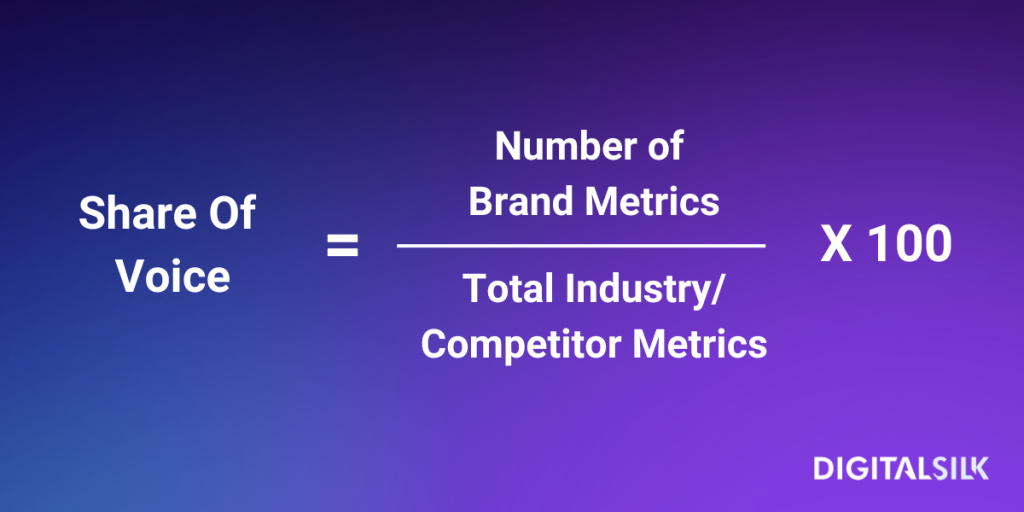
So, if Brand A and Brand B are mentioned in 26.8% and 73.2% on discussions on the web respectively, Brand B has a larger SOV.
However, does this mean that the masses love Brand B more compared to Brand A? Well, not technically.
SOV only indicates that the public recognizes and mentions Brand B more often online.
3. Brand Reputation
Brand reputation reflects how the public, your customers, employees and partners view your brand.
It’s an important stat to consider, as 90% of online shoppers have chosen not to buy from a company because of its bad reputation.
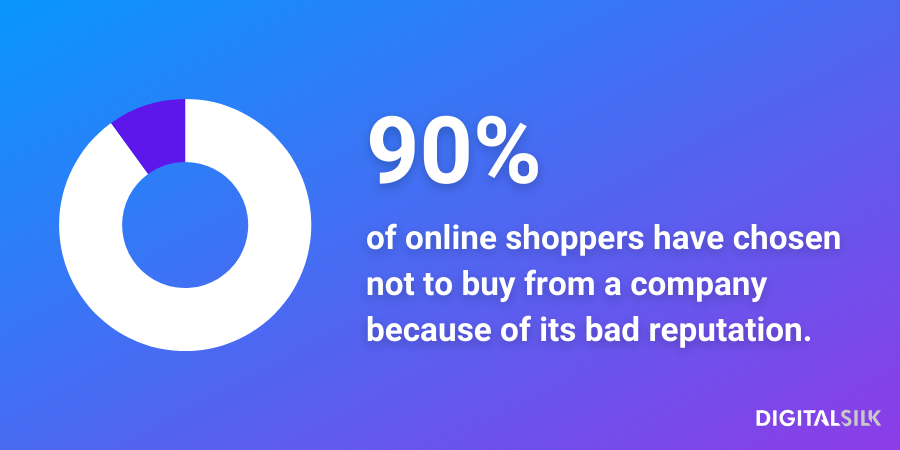
However, don’t expect that there’s an absolute formula to measure your brand reputation.
Instead, it’s assessed through a combination of feedback, online reviews and social media interactions, which provide insights into how well the public perceives your brand.
Regularly checking your email, PPC, newsletters, YouTube videos and landing pages is an effective way to gauge your brand’s reputation.
In addition, tracking PR campaigns shows how often your brand is mentioned or featured in the media. You can also monitor the number of followers on your social media pages and visitors to your website.
4. Purchase Intent
Purchase intent, or buyer intent, measures how likely customers are to buy your product or service within a specific timeframe, usually over the next six or 12 months.
Just like brand reputation, it’s a difficult metric to measure directly, but you can estimate it through customer surveys, online behavior analytics and sales forecasting techniques.
5. Brand Equity
Brand equity is the added value a company gets from a product with a well-known and notable name, compared to a similar, generic product.
For example, think Nike instead of sneakers and Apple, rather than regular laptops and smart phones.
To measure brand equity, consider factors such as brand recognition, customer loyalty, perceived quality and the overall market share compared to competitors. These elements can help assess how much value the brand adds to its products or services.
Potential Causes For Declining Brand Health
Brand health could decline due to various factors:
- Poor customer service: Negative experiences can discourage repeat business and lead to bad reviews, damaging the brand’s reputation. For example, a telecommunications company that frequently keeps customers on hold for extended periods or fails to resolve service issues promptly.
- Inconsistent brand messaging: Inconsistency in brand communication across different platforms can confuse customers and weaken brand identity. For example, a retail clothing brand that markets itself as luxury in one campaign and budget-friendly in another could confuse its target audience.
- Quality issues: A drop in product quality or frequent defects can reduce trust and consumer loyalty. For example, a car manufacturer recalls vehicles multiple times due to safety concerns, which leads to a loss of trust among consumers.
- Lack of innovation: Failing to keep up with market trends can make a brand seem outdated or irrelevant. For example, a tech company that continues to release outdated smartphone models while competitors launch advanced technology, making the brand seem behind the times.
- Increased competition: New or improved competitors can capture market share and diminish your brand’s appeal. For example, a coffee shop chain is losing customers to a new trendy cafe that offers specialty drinks and a modern aesthetic that appeals to younger demographics.
- Economic downturns: Broader economic challenges can reduce consumer spending and impact brand loyalty. For example, during a recession, a luxury goods brand might see a decline in sales as consumers prioritize essential purchases over high-end products.
- Negative publicity: Scandals, negative media coverage or poor social media management can harm public perception. For example, a fast-food chain faced backlash and boycotts after it was exposed for its environmentally harmful practices, damaging their public image.
- Changing consumer preferences: Failing to keep up with shifts in consumer desires and values can alienate your target market. For example, a beverage company that continues to use artificial ingredients may see a decline in sales as more consumers prefer organic and natural options.
How To Measure Brand Health In 6 Steps
If you want to get a clear picture of how your brand is doing, think of it as giving your brand a check-up.
Here’s what you can do.
1. Create Survey Questions
Conduct surveys to measure brand awareness by including questions about both your business and your competitors.
For example, you can use unaided questions where you ask respondents to list brands they recall in your industry without any prompts, revealing top-of-mind awareness.
On the other hand, aided questions can be used where you provide a list of brands, including yours, and ask respondents to indicate which ones they recognize.
Here are sample unaided brand awareness questions:
- Top-of-Mind Awareness: “When you think of [industry/category], which brands come to mind first?”
- Spontaneous Awareness: “Can you list any brands you know in the [product/service] category?”
- Brand Recall: “What brands have you heard of that offer [specific product/service]?”
Here are sample aided brand awareness questions:
- Brand Recognition: “Have you heard of any of the following brands?” (Follow this question with a list of brands including yours.)
- Specific Brand Recognition: “Are you familiar with [Your Brand Name]?”
- Advertisement Recall: “Do you remember seeing any advertisements for the following brands?” (List brands with yours included to see if they recognize your marketing efforts.)
2. Consider Focus Groups
Consider organizing sessions that bring consumers from all walks of life to discuss their experiences and opinions about your brand.
This way, you can see how people perceive your brand, uncover new ideas and identify areas for improvement.
To start a focus group:
- Choose your topic of interest: Decide what specific aspect of your brand or product you want to explore. This can be customer satisfaction, product usability or brand perception.
- Define your research scope: Clearly outline the goals and objectives of your focus group. Determine what questions you need answers to and what you hope to achieve with the information gathered. This will guide the direction of the discussions and ensure you collect relevant data.
- Identify your target participants: Choose someone experienced to lead the focus group. This person should be skilled in guiding conversations without influencing the participants. Then, prepare a discussion guide that includes a list of questions or topics to cover, ensuring that the conversation stays on track and covers all necessary points.
- Conduct the discussion: Arrange a comfortable setting for the participants, whether in person or online, and ensure all the necessary tools (like recording equipment) are set up. The facilitator should encourage open and honest feedback, manage the flow of discussion and ensure every participant gets an opportunity to speak.
- Reflect on your findings: Once the focus group discussion is done, note key insights. Summarize these findings in a report and consider how they can inform your brand strategy or product development.
3. Conduct Social Listening
Social listening allows you to track your brand’s voice, reputation and awareness by using tools to monitor mentions, relevant hashtags and keywords on the web, social media or forums.
Tools like Brandwatch or Mention can track mentions and sentiments across different platforms, such as X, Facebook, Instagram or online news outlets.
These all-in-one social media tools can help you analyze the frequency and tone of conversations about your brand, allowing you to understand how positively or negatively your brand is viewed by the public.
4. Assess Repeat Customer Rates
Evaluate repeat customer rates, loyalty program engagement and NPS, which measures how likely customers are to recommend your brand to others.
To assess repeat customer rates, analyze your sales data to identify how many customers make multiple purchases over a given period. Look at the frequency of their purchases and any patterns in their buying behavior.
You can also segment these customers by product lines or services to pinpoint areas of strong loyalty and those that need improvement.
5. Check Your Marketing Campaigns
Monitor how effectively your marketing campaigns convert interest into sales to gauge the strength of your brand health.
High conversion rates suggest that your marketing strategies resonate with your audience and drive sales.
To do this, track metrics such as:
- Click-Through Rate (CTR): Measure the percentage of people who click on a link or advertisement. A higher CTR indicates that your message is engaging enough to prompt action.
- Conversion Rate: This is the percentage of visitors to your website or landing page who complete a desired action, like making a purchase or signing up for a newsletter. Compare conversion rates across different campaigns to identify what works best.
- Cost Per Acquisition (CPA): Calculate how much it costs to acquire a customer through each campaign. Lower CPA combined with high conversion rates often indicates a highly effective marketing strategy.
- Return On Ad Spend (ROAS): Assess the revenue generated for every dollar spent on advertising. A positive ROAS suggests your campaigns are not only converting but also profitable.
- Customer Lifetime Value (CLV): Evaluate the total revenue you can expect from a single customer over the course of their relationship with your brand. Higher CLV compared to acquisition costs suggests strong brand loyalty and health.
6. Assess Employee Engagement
Employee attitudes can reflect your brand’s health.
Conduct internal surveys to measure your employees’ job satisfaction and engagement, as enthusiastic employees often correlate with a healthy brand.
To conduct internal surveys:
- Design the survey: Create questions that address key aspects of job satisfaction, engagement, and company culture. Include both quantitative scales (e.g., rating from 1 to 10) and qualitative questions that allow for open-ended responses.
- Distribute the survey: Send the survey through an efficient platform that your employees frequently use, such as email or an internal messaging system. Ensure anonymity to encourage honest feedback.
- Analyze the results: Use statistical tools to analyze the data for trends and insights. Pay attention to areas with low scores that may indicate issues with management, work environment, or resources.
- Share your findings: Communicate the results to your team. Highlight both strengths and areas for improvement to demonstrate transparency and build trust.
- Take action: Develop action plans based on the survey results to address concerns and improve employee satisfaction and engagement. This can include initiatives like training programs, changes in work conditions, or new communication strategies.
- Follow up: Conduct follow-up surveys periodically to assess the impact of any changes and continue monitoring employee satisfaction over time. This demonstrates a commitment to continuous improvement and employee well-being.
We’re end-to-end branding experts. Schedule A Consultation
Tools To Check Your Brand’s Health
While there’s no single tool that measures brand health with just a click, there is a wealth of software that can automatically collect and show various metrics related to brand health.
Check out some of the best options below.
1. Google Trends
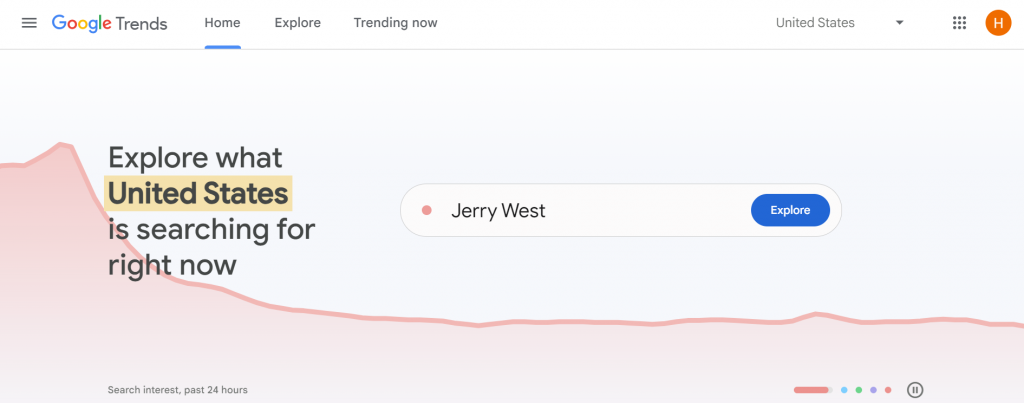
Google Trends is a website by Google that tracks the popularity of top search queries in different regions and languages. It allows users to compare the search volumes of different terms.
Pricing: Free
2. Mentionlytics
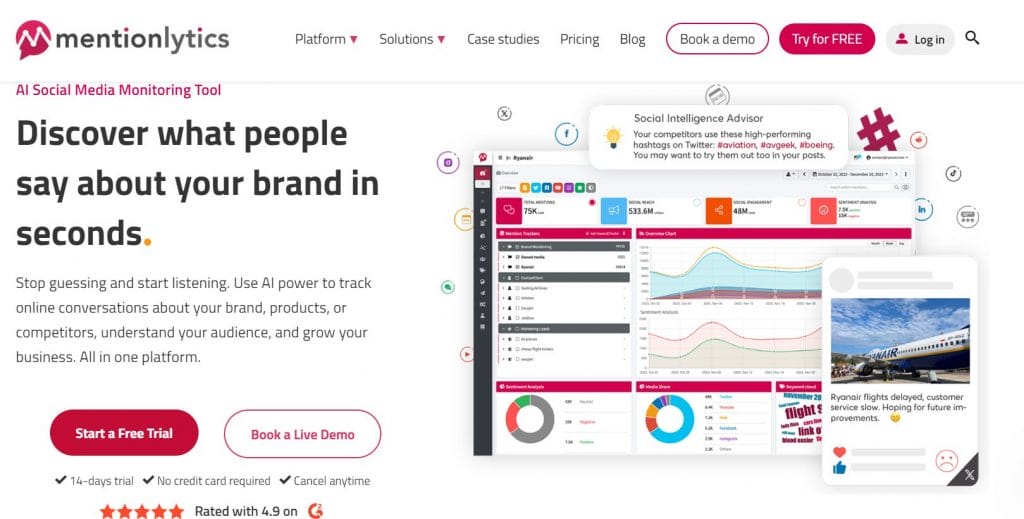
Mentionlytics offers charts that track mentions of your brand across the Internet.
It searches for your brand name or keywords on platforms such as X, Facebook, LinkedIn, Reddit and YouTube, displaying the results on a dashboard with clear graphs and pie charts for each source.
You can also sort the data by source, country, relevance (normal or strict) and language.
In addition, the Share of Voice metric is available to help you understand how much of the conversation about your industry involves your brand compared to competitors.
Pricing: $49 per month for the Basic plan, $99 per month for Essential, $199 per month for Advanced, and $299 per month for Pro.
3. Awario
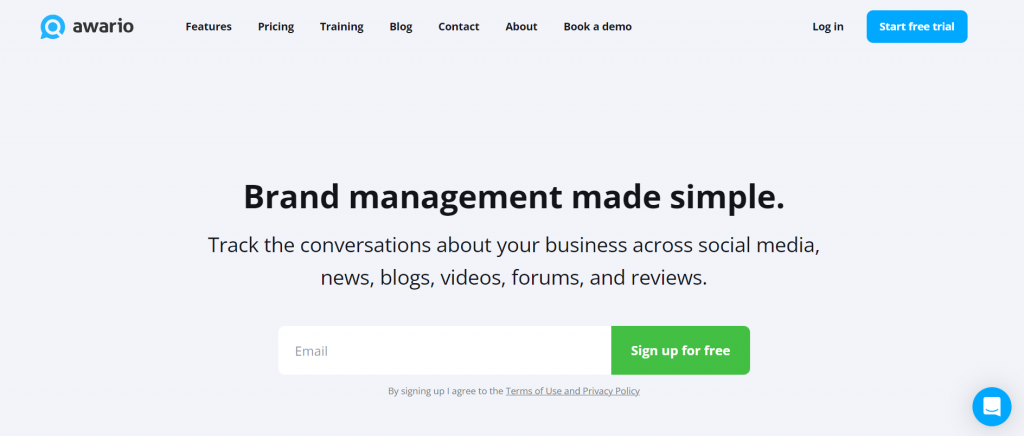
Awario is a social listening and media monitoring tool that helps you track your brand health. Just enter your brand name, select your language, location and date range.
You can also include industry-related keywords or your CEO’s name to broaden your search.
Pricing: $24 per month for the Starter plan, $74 per month for the Pro plan, and $249 per month for the Enterprise plan.
4. Brand24
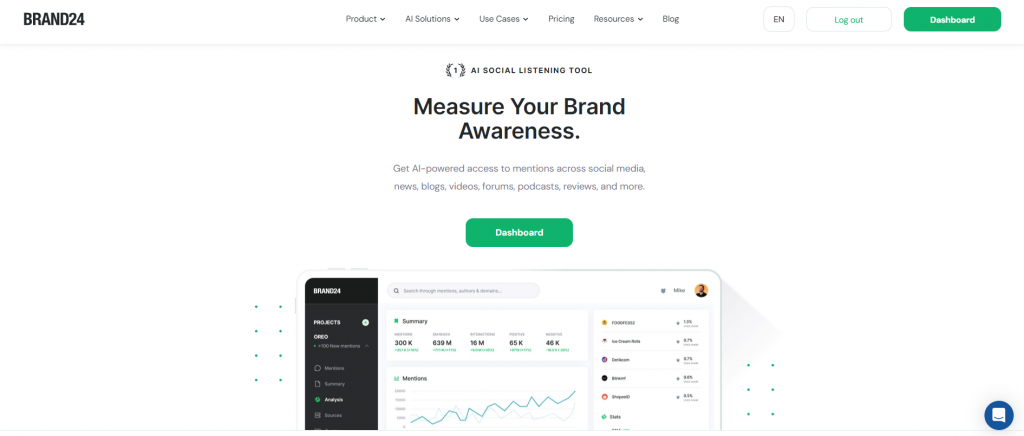
Brand24 offers features similar to Awario, allowing you to monitor your brand health by tracking mentions of industry-related keywords or your brand name across X, Instagram, Facebook, podcasts, news sites and forums.
To manage the data, you can apply filters like sentiment, influencer score, mention importance based on the source’s popularity and the engagement rate of the posts.
Pricing: $49 per month for the Basic plan, $99 per month for the Essential plan, $199 per month for the Advanced plan and $299 per month for the Pro plan.
We deliver end-to-end branding solutions. Request a Quote
Manage Your Brand Health With Digital Silk
Regularly checking your brand health indicators is like getting a health screening — it helps you spot early signs of trouble and manage ongoing issues.
Whether you need to evaluate your business’ overall health, a comprehensive brand audit or even a complete brand overhaul, Digital Silk can help you identify the necessary steps to improve and maintain a strong brand presence.
As a full-service, highly regarded web design agency, we offer more than just managing your brand health.
Our in-house team provides a variety of services, including:
- Digital branding
- Brand and logo design
- Brand strategy
- Brand positioning
- Custom web design
- eCommerce design and development
For every project, we take ownership, provide total transparency and always aim for measurable results.
To get started, drop us a line. Contact us, call us at (800) 206-9413 or fill out the Request a Quote form below for a free, customized consultation on your branding project.
"*" indicates required fields




